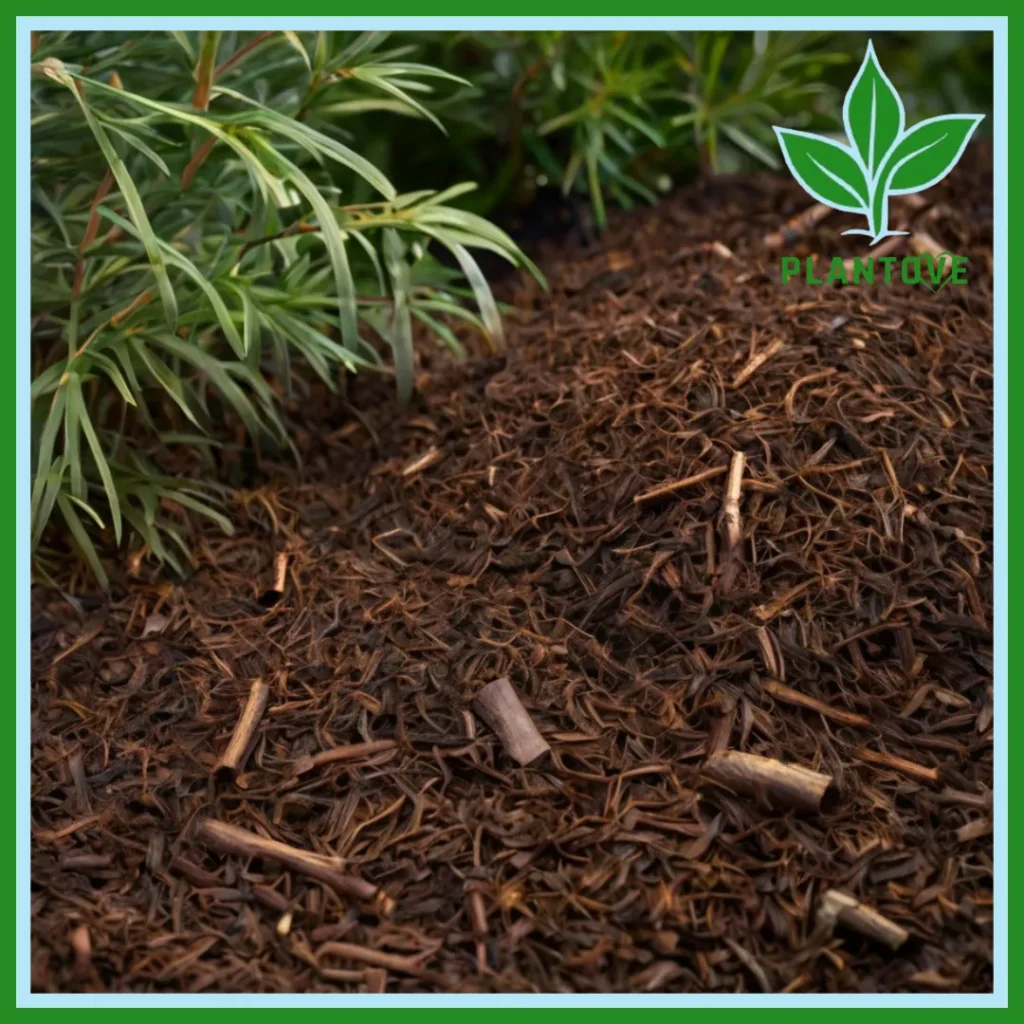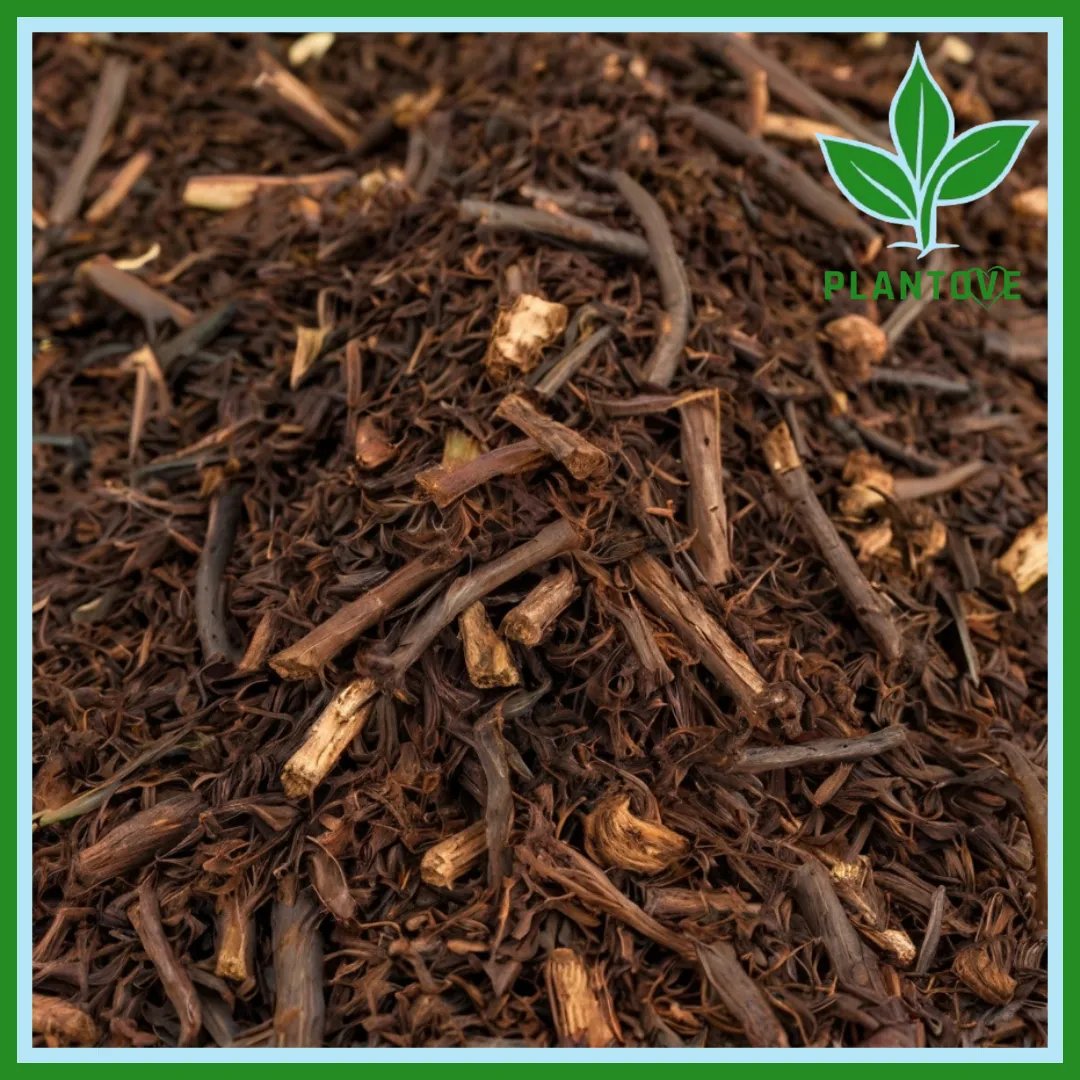Pine bark mulch is a popular landscaping material used by gardeners and homeowners across the United States. Known for its aesthetic appeal and numerous benefits, it serves both functional and decorative purposes in gardens and landscapes. This comprehensive guide explores everything you need to know about this organic mulching material, including its advantages, potential drawbacks, and its suitability for vegetable gardens.
What Is This Natural Mulching Material?
This organic material is made from the shredded bark of pine trees. It is available in various sizes, ranging from fine particles to larger chunks, which can be used depending on the desired aesthetic and function. This natural mulching option is often used in gardens, landscaping, and around trees and shrubs to enhance the overall appearance while providing essential benefits to the soil and plants.
Key Benefits for Your Garden
This popular mulching material offers a wide range of advantages for gardens and landscapes, making it a favorite choice among gardeners. Here are some of the key benefits:
1. Moisture Retention
One of the primary advantages of this organic mulch is its ability to retain moisture in the soil. By creating a barrier over the soil, it reduces evaporation, helping to keep the soil consistently moist. This is particularly beneficial during hot summer months when plants require extra water.
2. Weed Suppression
This natural material acts as an effective weed barrier. By covering the soil surface, it prevents sunlight from reaching weed seeds, thereby inhibiting their growth. This means less time spent on weeding, allowing gardeners to focus on more enjoyable tasks.
3. Temperature Regulation
The organic matter helps regulate soil temperature, keeping it cooler in the summer and warmer in the winter. This temperature stability can benefit plant roots, promoting healthier growth throughout the year.
4. Aesthetic Appeal
The rich, natural color of this bark material enhances the visual appeal of gardens and landscapes. It provides a clean and polished look, making it an excellent choice for flower beds, around trees, and as a decorative element in landscaping.
5. Soil Improvement
As this organic mulch breaks down over time, it adds organic matter to the soil. This process improves soil structure, increases nutrient availability, and enhances overall soil health, promoting better plant growth.
Potential Drawbacks to Consider

While this mulching material has numerous benefits, there are also some potential problems to be aware of. Understanding these issues can help you make informed decisions when using this type of organic matter in your garden.
1. Decomposition Rate
This organic material decomposes over time, typically lasting about one to three years, depending on factors like weather conditions and the size of the mulch pieces. As it breaks down, it may need to be replenished, which can add to maintenance efforts.
2. pH Levels
This bark material can slightly acidify the soil as it decomposes. While this can benefit acid-loving plants, it may not be suitable for all types of vegetation, particularly those that prefer neutral to alkaline soil. Testing soil pH before applying this mulch is a good practice.
3. Pest Attraction
Like other organic mulches, this material can attract certain pests, such as termites and other insects. While the risk is generally low, it’s essential to monitor your garden for any signs of pest activity, especially if you’re using it near wooden structures.
4. Cost
This organic mulching option can be more expensive than some other types of mulch, such as wood chips or straw. However, its long-lasting nature and benefits may justify the cost for many gardeners.
5. Compaction
If not applied properly, this bark material can become compacted over time. Compaction reduces its effectiveness as a mulch, so it’s essential to apply it at the correct depth and refresh it as needed.
Suitability for Vegetable Gardens
Pine bark mulch can be an excellent choice for vegetable gardens, provided it is used appropriately. Here are some factors to consider:
Benefits for Vegetable Cultivation
Moisture Retention: Just like in flower beds, this organic material helps retain moisture in vegetable gardens, ensuring your plants receive consistent hydration.
Weed Control: The mulch effectively suppresses weeds, making it easier to maintain a tidy and productive vegetable garden.
Soil Improvement: As it decomposes, this bark material adds organic matter to the soil, which can benefit vegetable growth.
Important Considerations
Soil pH: Since this organic mulch can acidify the soil, it’s important to monitor pH levels if you’re growing vegetables that prefer neutral or alkaline conditions. According to the USDA, vegetables like tomatoes and peppers thrive in slightly acidic to neutral soil, while others, like asparagus, prefer alkaline conditions.
Mulch Depth: When applying this material in vegetable gardens, keep the layer around 2 to 3 inches deep. Too thick a layer can restrict water and nutrient absorption.
Application Guidelines
Applying this organic mulching material is a straightforward process. Here’s a step-by-step guide to ensure proper application:
Step 1: Prepare the Area
Before applying mulch, clear the area of weeds, rocks, and debris. If necessary, amend the soil with organic matter or compost to enhance fertility.
Step 2: Choose the Right Size
Select the size that best suits your needs. Fine mulch works well for flower beds, while larger chunks are better for tree bases and larger landscaping areas.
Step 3: Apply the Material
Spread a layer evenly over the prepared area, keeping it about 2 to 3 inches deep. Avoid piling the material against the stems of plants or the trunks of trees to prevent rot.
Step 4: Monitor and Refresh
Regularly check the mulch layer for compaction and decomposition. Refresh the material as needed, typically once a year, to maintain its benefits.
Frequently Asked Questions
Q1. How often should I replace this organic mulch? This bark material typically lasts 1 to 3 years. It’s best to check annually and refresh it as needed based on its condition.
Q2. Can I use this mulch around my house? Yes, this organic material can be used around your home, but be cautious near wooden structures to minimize the risk of attracting pests like termites.
Q3. Is this mulching material safe for pets? This organic mulch is generally safe for pets, but ingestion in large amounts can lead to gastrointestinal upset. It’s always best to monitor your pets when they’re in the garden.
Q4. Can I use this material in raised beds? Absolutely! This organic mulch is an excellent choice for raised garden beds, as it helps with moisture retention and weed suppression while improving soil quality.
Q5. What is the best time to apply this mulching material? The best time to apply this organic material is in the spring or fall. Spring application helps conserve moisture during the growing season, while fall application protects plants during winter.
Expert Tips for Success
For best results with this mulching material, consider these professional recommendations from Extension Services:
- Always maintain proper depth (2-3 inches) to avoid plant stress
- Keep mulch several inches away from plant stems and tree trunks
- Choose the appropriate particle size for your specific application
- Monitor soil pH regularly, especially around sensitive plants
- Combine with regular soil testing for optimal garden health
Conclusion
Pine bark mulch is a versatile and beneficial material for gardens and landscapes. Its ability to retain moisture, suppress weeds, and improve soil health makes it an excellent choice for gardeners in the USA. While there are some potential issues to consider, the benefits often outweigh the drawbacks. Whether you’re using it in flower beds, around trees, or in vegetable gardens, this organic mulching material can enhance the beauty and productivity of your outdoor space.

